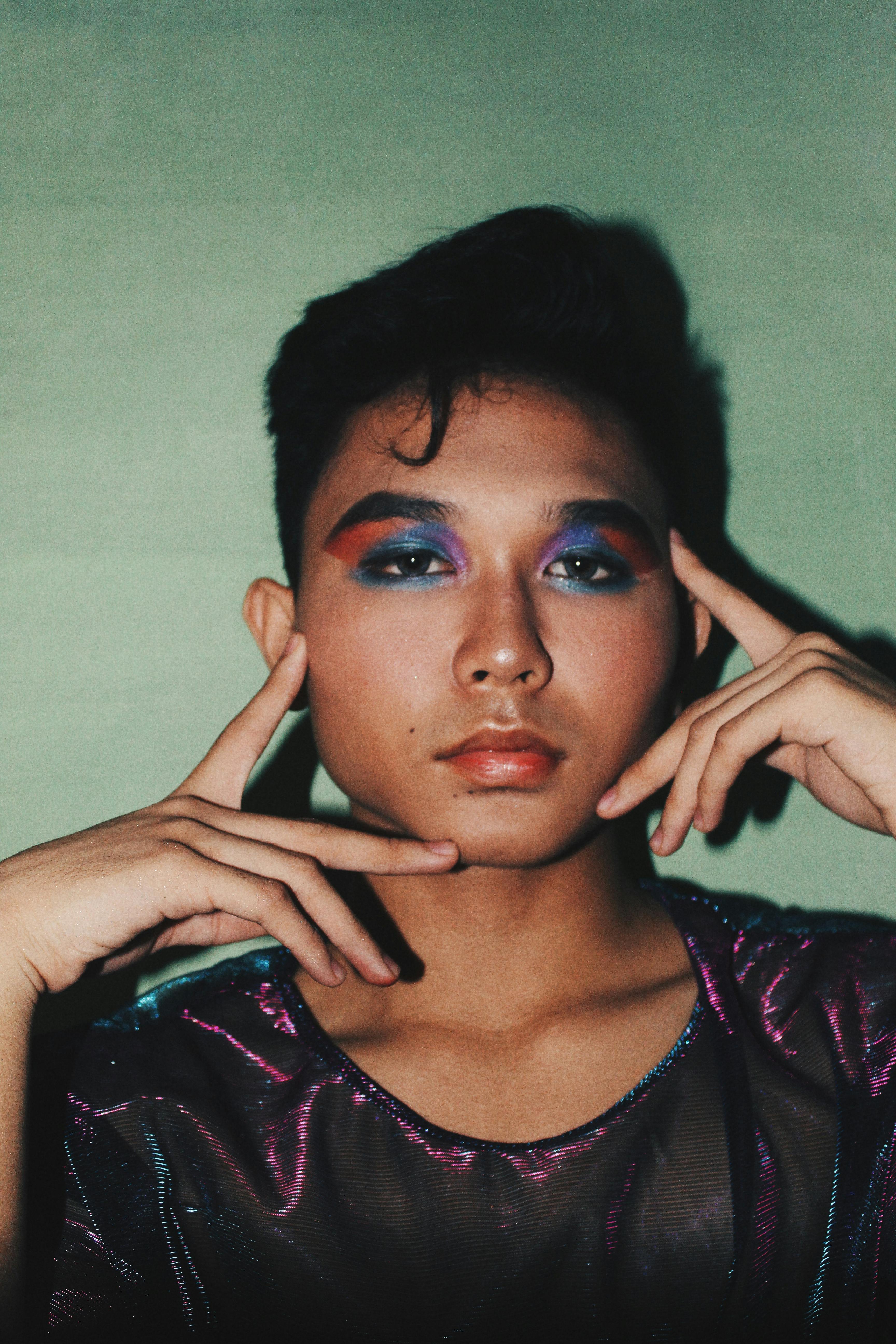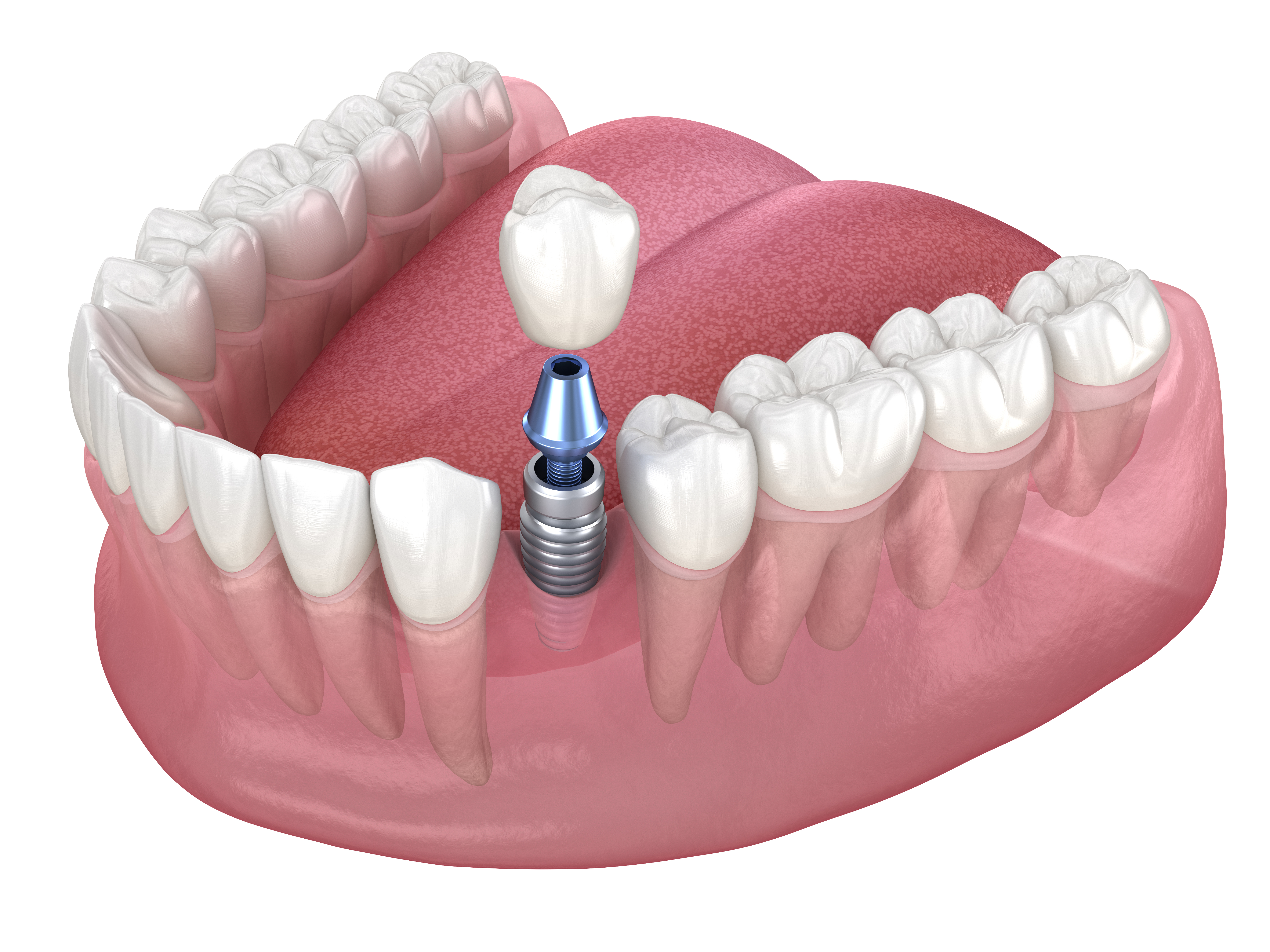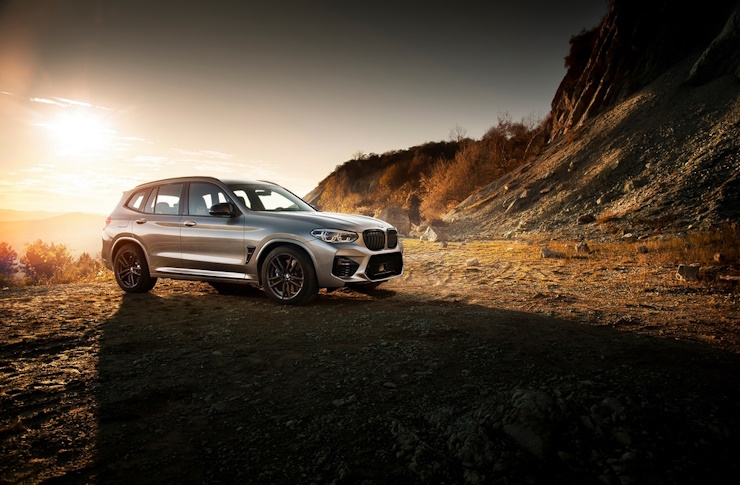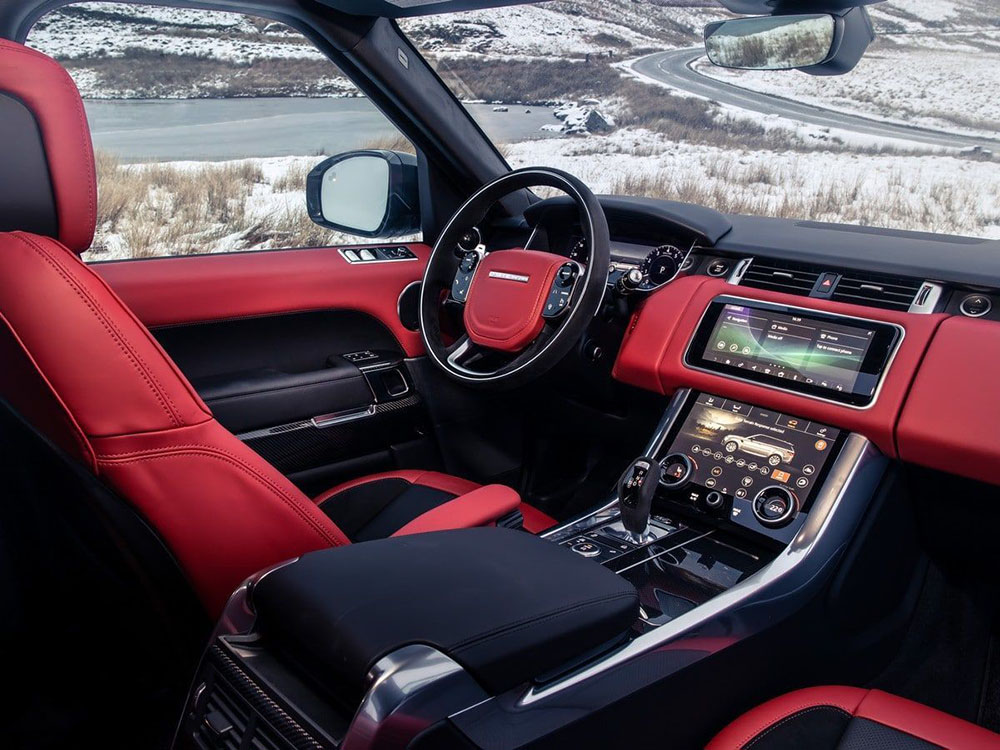"Defining the Era: The Unconventional Rise of Androgynous Fashion"
Introduction: From runway ramps to high street fashion, we're witnessing an unconventional wave sweeping the fashion industry. This wave is none other than the rise of androgynous fashion, a style that blurs gender lines and challenges traditional norms. Let's delve into the evolution, appeal, and influence of this trend, which is reshaping the way we perceive and consume fashion.

The History and Evolution of Androgynous Fashion:
Androgynous fashion isn’t a recent phenomena, but has roots dating back to the 1920s when women began donning trousers and other traditionally male attire. However, the style truly came into its own in the 1960s and 70s, during the rise of the feminist and LGBTQ+ movements. In recent years, the trend has been embraced by top designers and high-street brands alike, reflecting an evolving societal understanding of gender fluidity.
The Appeal and Influence of Androgynous Fashion:
Androgynous fashion is more than just a trend—it’s a statement. It challenges traditional gender norms and offers a refreshing take on personal style. Celebrities like Jaden Smith and Harry Styles have been instrumental in popularizing this trend, encouraging fans to embrace their unique style without being confined by gender stereotypes.
The Modern Landscape of Androgynous Fashion:
Today, androgynous fashion is not just limited to clothing but has also permeated accessories, shoes, and even fragrances. The fashion industry has responded positively to this shift, with many brands launching gender-neutral collections. The style is being celebrated for its inclusivity, offering a platform for individuals to express their identity authentically.
Key Elements of Androgynous Fashion:
- Oversized Silhouettes: This style tends to favor loose-fitting clothes, steering away from form-fitting garments traditionally associated with gender-specific fashion.
- Neutral Colors: Androgynous fashion often leans towards a neutral or monochromatic color palette, although there’s room for bold colors and prints.
- Mix and Match: The beauty of this trend lies in its flexibility—you can mix elements of traditionally male and female attire to create a unique style.
- Unisex Accessories: Accessories play a key role in this style, with items like chunky boots, oversized watches, and hats being popular choices.
The Future of Androgynous Fashion:
While the androgynous trend is making waves now, its future looks equally promising. With ongoing discussions about gender fluidity and societal acceptance of different identities, the trend seems poised to become a mainstay. Brands that embrace this shift are not just staying relevant, but also promoting a more inclusive and diverse fashion industry.
In conclusion, androgynous fashion is more than just a fleeting trend. It’s a reflection of the evolving understanding of gender and a testament to the industry’s ability to adapt and innovate. As we move forward, this style promises to continue challenging norms and shaping the fashion landscape in exciting ways.



